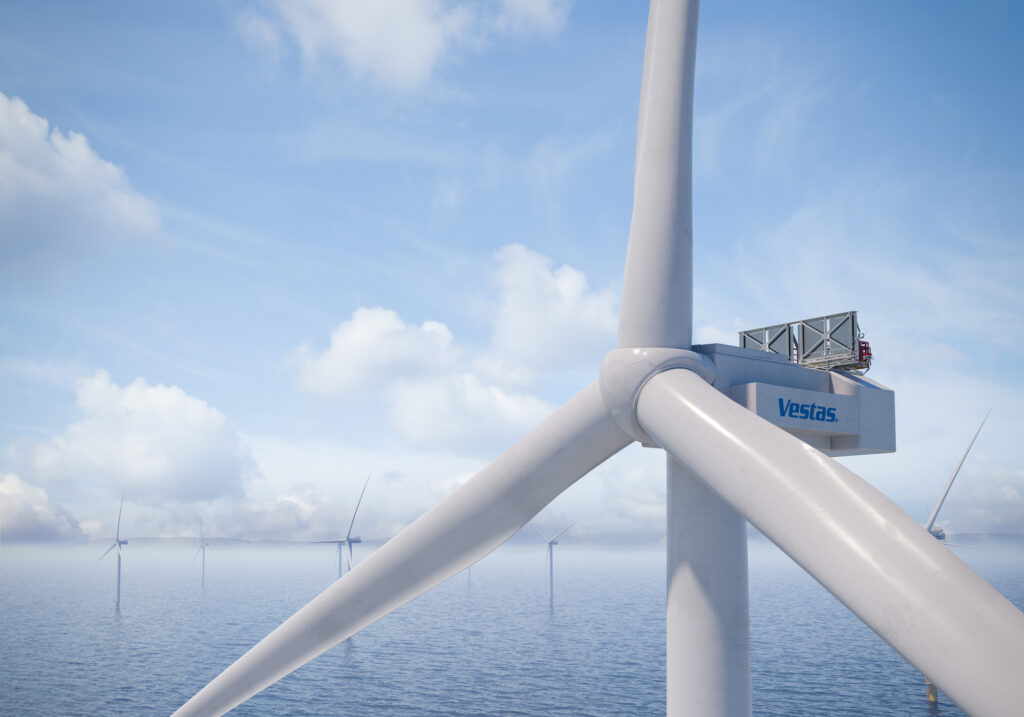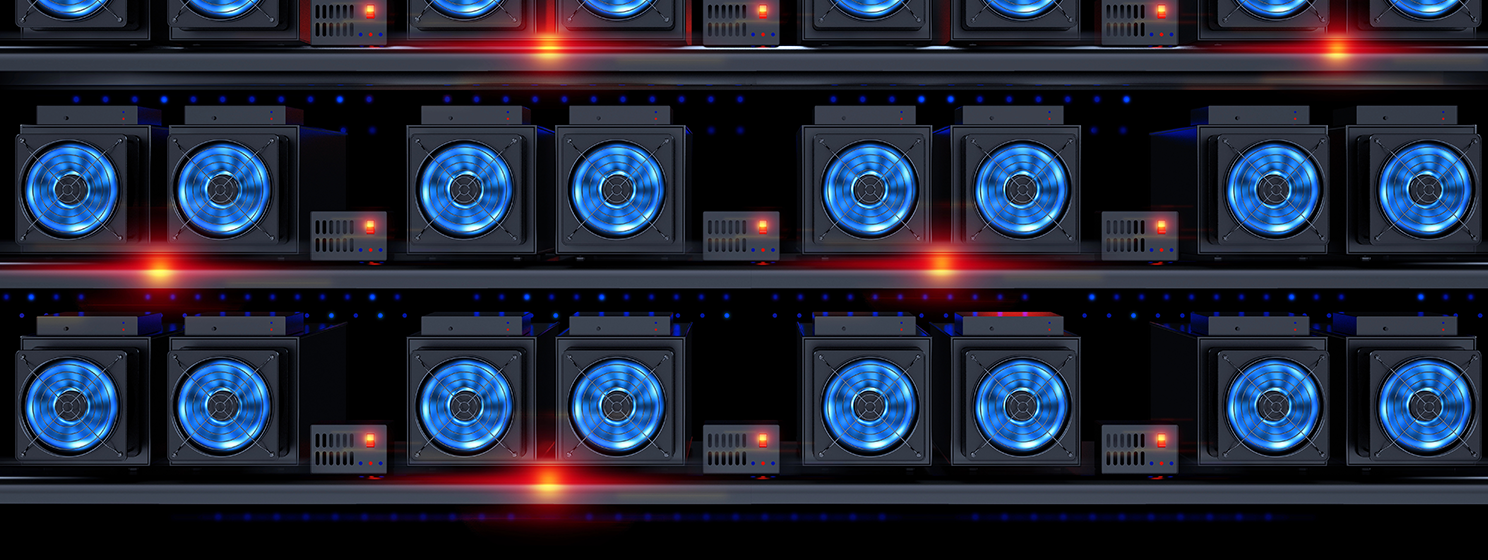Report on Vestas’ Factory Suspension and its Implications for Sustainable Development Goals
Executive Summary
Danish wind turbine manufacturer Vestas has suspended plans to construct a major offshore wind turbine blade factory in Szczecin, Poland. This decision, attributed to lower-than-projected European demand, presents significant challenges to the achievement of several key Sustainable Development Goals (SDGs), particularly those related to clean energy, economic growth, and climate action. While existing projects like the Baltic Power offshore wind farm continue, the suspension highlights vulnerabilities in the renewable energy supply chain that could impede regional and global sustainability targets.
Impact on SDG 7 (Affordable and Clean Energy) & SDG 13 (Climate Action)
The decision to halt the factory’s development directly impacts the scaling of renewable energy infrastructure, which is fundamental to achieving SDG 7 and SDG 13.
- Clean Energy Transition: The factory was slated to produce blades for the V236-15.0 MW turbine, a flagship technology designed to enhance the efficiency and output of offshore wind farms. A delay in manufacturing capacity for such advanced components could slow the energy transition.
- Climate Targets: Faltering demand for offshore wind, the primary reason for the suspension, signals a potential slowdown in the deployment of clean energy projects necessary to meet climate action goals and reduce carbon emissions.
Setbacks for SDG 8 (Decent Work and Economic Growth) & SDG 9 (Industry, Innovation, and Infrastructure)
The suspension represents a considerable setback for local economic development and the establishment of resilient, sustainable infrastructure in Poland.
- Job Creation: The planned facility was projected to create over 1,000 direct jobs, contributing significantly to decent work and economic growth (SDG 8) in the Szczecin region. These opportunities are now on hold.
- Sustainable Industrialization: The factory would have been a cornerstone of green industrial infrastructure (SDG 9), positioning Poland as a key hub in the European offshore wind supply chain. Its suspension delays this strategic industrial advancement.
- Innovation and Technology: The facility’s focus on producing state-of-the-art turbine blades was a direct investment in the innovation required to drive the renewable energy sector forward.
Project Context: The Baltic Power Offshore Wind Farm
Despite the factory suspension, progress continues on specific projects that align with the SDGs. The Baltic Power project serves as a key case study.
- Project Capacity: The 1.2 GW offshore wind farm will utilize 76 Vestas V236-15.0 MW turbines, directly contributing to SDG 7 by providing clean power.
- Partnerships for the Goals (SDG 17): The project is a joint venture between Orlen Group and Northland Power, exemplifying the cross-sector collaboration needed to advance large-scale sustainable infrastructure.
- Timeline: The wind farm is expected to be commissioned in 2026, demonstrating that current commitments are being fulfilled. However, the factory’s suspension raises concerns about the supply chain for future projects.
1. Which SDGs are addressed or connected to the issues highlighted in the article?
-
SDG 7: Affordable and Clean Energy
The article is centered on the offshore wind industry, a key source of clean and renewable energy. It discusses the manufacturing of wind turbines (Vestas’ V236-15.0 MW) and the development of a 1.2 GW offshore wind farm (Baltic Power), both of which are fundamental to achieving clean energy goals.
-
SDG 8: Decent Work and Economic Growth
The planned Vestas factory in Szczecin, Poland, is explicitly mentioned as a source of economic growth and employment. The article states the facility “would create more than 1,000 direct jobs.” The suspension of these plans due to faltering demand directly impacts the potential for job creation and economic development in the region.
-
SDG 9: Industry, Innovation and Infrastructure
This goal is relevant through the development of sustainable infrastructure (the Baltic Power offshore wind farm) and the promotion of sustainable industrialization (the factory for producing wind turbine blades). The article highlights the manufacturing of advanced technology, specifically the “flagship offshore wind turbine, the V236-15.0 MW,” which is a form of industrial innovation.
-
SDG 13: Climate Action
Although not explicitly mentioned, the entire context of developing offshore wind energy is a direct measure to combat climate change by transitioning to renewable energy sources. The success or failure of projects like the Baltic Power wind farm and the supply chain that supports it has direct implications for climate action efforts.
2. What specific targets under those SDGs can be identified based on the article’s content?
-
SDG 7: Affordable and Clean Energy
- Target 7.2: By 2030, increase substantially the share of renewable energy in the global energy mix. The article’s focus on the 1.2 GW Baltic Power offshore wind farm, which will use 76 large-scale turbines, directly contributes to this target by adding significant renewable energy capacity.
-
SDG 8: Decent Work and Economic Growth
- Target 8.2: Achieve higher levels of economic productivity through diversification, technological upgrading and innovation. The plan to build a factory to produce blades for the “flagship offshore wind turbine, the V236-15.0 MW,” represents an investment in a high-value, technologically advanced manufacturing sector.
- Target 8.5: By 2030, achieve full and productive employment and decent work for all. The article directly connects to this target by stating the proposed factory “would create more than 1,000 direct jobs.”
-
SDG 9: Industry, Innovation and Infrastructure
- Target 9.2: Promote inclusive and sustainable industrialization. The construction of a factory to manufacture components for the renewable energy sector is a clear example of sustainable industrialization.
- Target 9.4: By 2030, upgrade infrastructure and retrofit industries to make them sustainable…and greater adoption of clean and environmentally sound technologies. The Baltic Power offshore wind farm is a new piece of sustainable energy infrastructure, and the factory is intended to supply this clean technology industry.
-
SDG 13: Climate Action
- Target 13.2: Integrate climate change measures into national policies, strategies and planning. The development of a major offshore wind farm in Poland is evidence of such integration. The “lower-than-projected demand” mentioned in the article could suggest a slowing pace in the implementation of these climate strategies across Europe.
3. Are there any indicators mentioned or implied in the article that can be used to measure progress towards the identified targets?
-
For SDG 7 (Affordable and Clean Energy)
- Indicator 7.2.1 (Implied): Renewable energy share in the total final energy consumption. The article provides a specific measure of new renewable energy capacity being added, stating the Baltic Power project is a “1.2 GW offshore wind farm.” This figure is a direct contribution to the overall renewable energy capacity.
-
For SDG 8 (Decent Work and Economic Growth)
- Indicator related to Target 8.5 (Implied): The number of jobs created in the green economy. The article provides a clear, quantifiable metric by stating the planned factory “would create more than 1,000 direct jobs.” This number can be used to measure progress towards employment goals in the sustainable sector.
-
For SDG 9 (Industry, Innovation and Infrastructure)
- Indicator 9.2.2 (Implied): Manufacturing employment as a proportion of total employment. The “more than 1,000 direct jobs” to be created in the manufacturing facility directly relates to this indicator, measuring the growth of employment in a sustainable industrial sector.
4. SDGs, Targets, and Indicators Table
| SDGs | Targets | Indicators |
|---|---|---|
| SDG 7: Affordable and Clean Energy | Target 7.2: Increase substantially the share of renewable energy in the global energy mix. | Implied: New renewable energy capacity installed (e.g., the “1.2 GW Baltic Power offshore wind farm”). |
| SDG 8: Decent Work and Economic Growth | Target 8.2: Achieve higher levels of economic productivity through technological upgrading and innovation.
Target 8.5: Achieve full and productive employment and decent work for all. |
Implied: Number of direct jobs created in the green manufacturing sector (e.g., the planned “more than 1,000 direct jobs”). |
| SDG 9: Industry, Innovation and Infrastructure | Target 9.2: Promote inclusive and sustainable industrialization.
Target 9.4: Upgrade infrastructure and industries to make them sustainable. |
Implied: Investment in sustainable infrastructure (e.g., Baltic Power wind farm) and growth in manufacturing jobs for clean technologies. |
| SDG 13: Climate Action | Target 13.2: Integrate climate change measures into national policies, strategies and planning. | Implied: Development of large-scale renewable energy projects as a result of national climate strategies (e.g., the “first Polish offshore wind farm”). |
Source: offshorewind.biz







